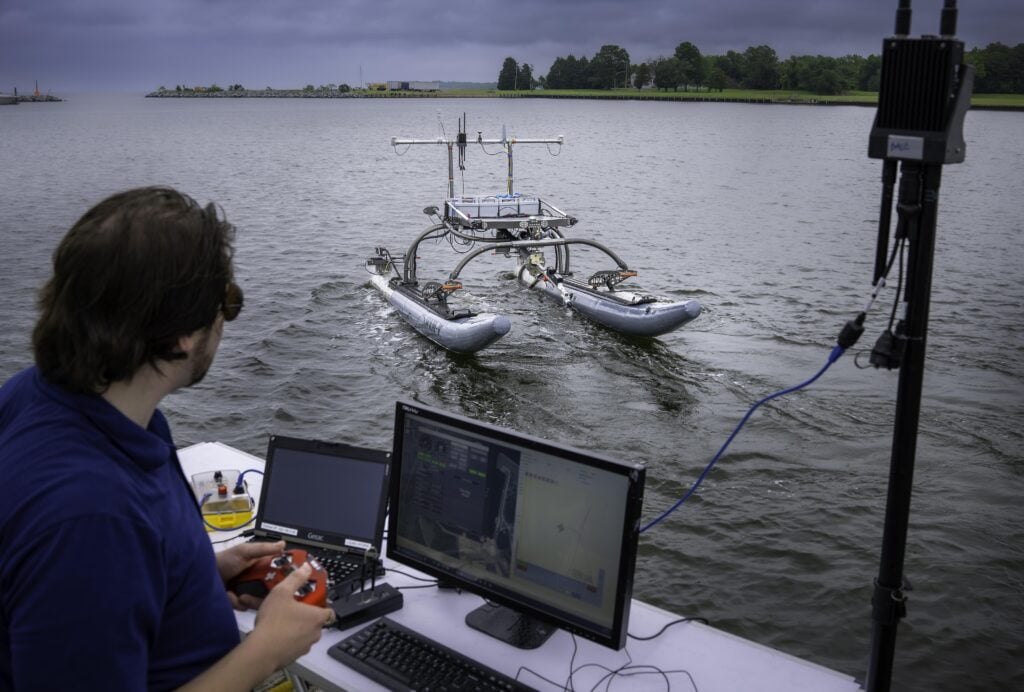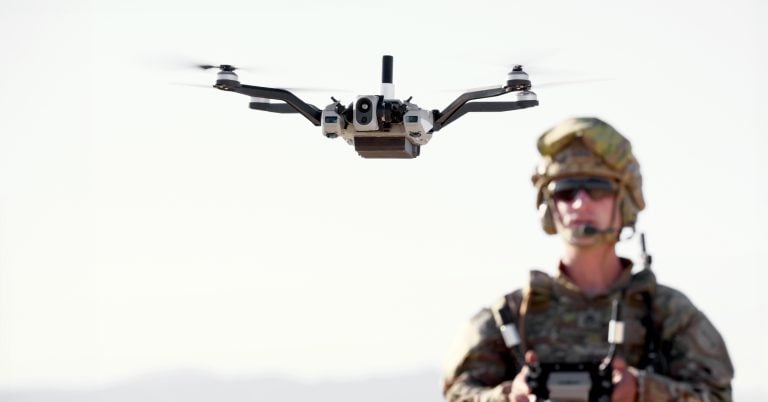The US Navy has unveiled a groundbreaking AI-powered planning tool that aims to enhance the efficiency and effectiveness of unmanned mission preparations across various domains, including air, surface, and subsurface operations. This innovative system, named the Optimized Cross Domain Swarm Sensing (OCDSS), has been developed by engineers at the Naval Air Warfare Center Aircraft Division (NAWCAD).
The OCDSS employs advanced simulation-driven analysis to expedite the generation of mission plans, a process that traditionally requires significant time and effort. By integrating AI capabilities, the system can run thousands of virtual scenarios in a fraction of the time it would typically take human operators. This allows for the quick identification of the most effective combinations of platforms, sensors, and formations necessary to achieve specific mission objectives.
The implementation of this AI tool signifies a major technological advancement for the Navy, particularly in the realm of unmanned operations. It streamlines planning processes, potentially improving response times to emerging threats while maximizing operational effectiveness in complex environments. The decision to harness AI for drone swarm missions highlights the Navy’s commitment to modernizing its approach to warfare and embracing innovative technologies to maintain strategic advantages.
As military operations increasingly rely on unmanned systems, tools like the OCDSS could revolutionize how mission planning is conducted, allowing for more adaptive and responsive strategies in various combat scenarios. The Navy’s proactive investment in AI technology stands to significantly enhance mission execution and support broader defense objectives.















